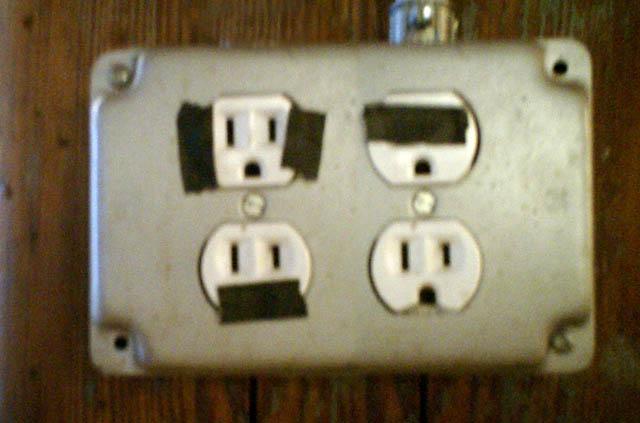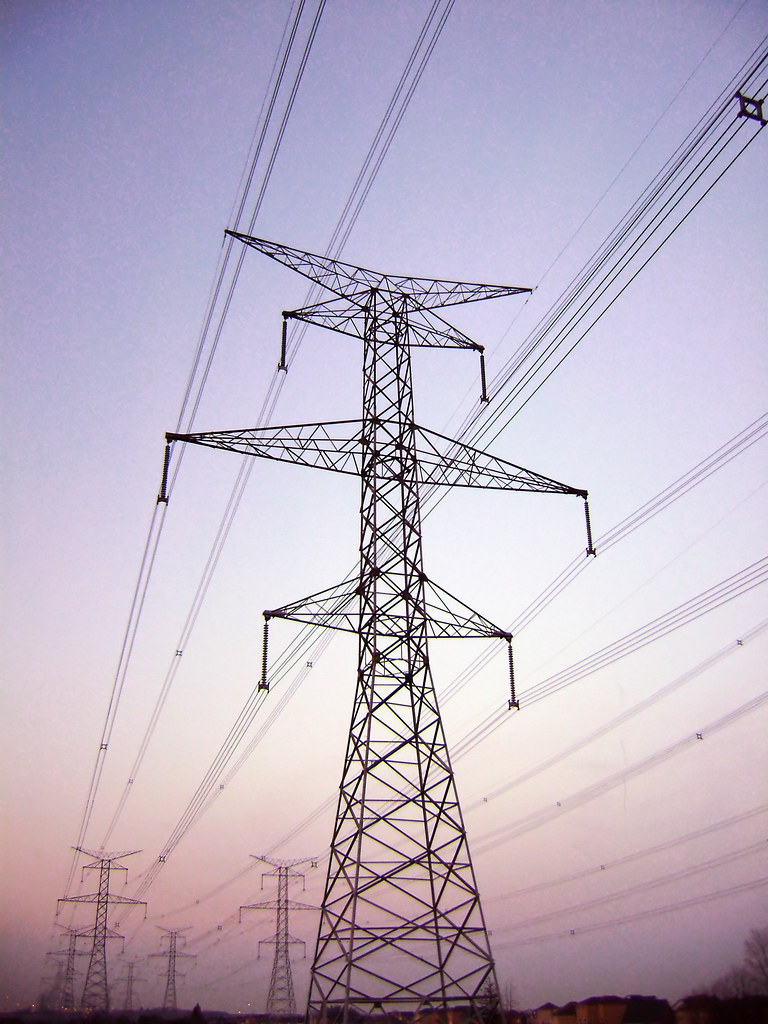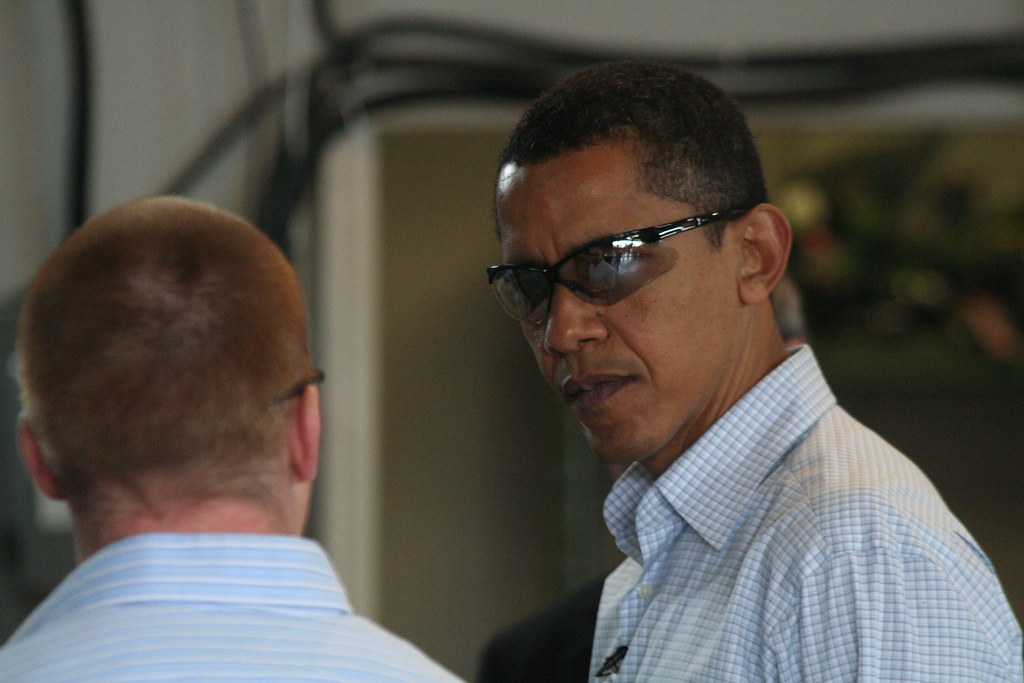While at the Smart Grids Europe conference last week, I had a talk with Dr Hugo Niesling of Wattpic Energia.
Wattpic are based in Barcelona and while their main product is photovoltaic trackers, they do a lot of research into demand response technologies and have a microgrid near Girona which has been operating successfully off-grid for 15 years making extensive use of demand response and was the only place with power when recent snow storms left 250,000 people in the region without power!





